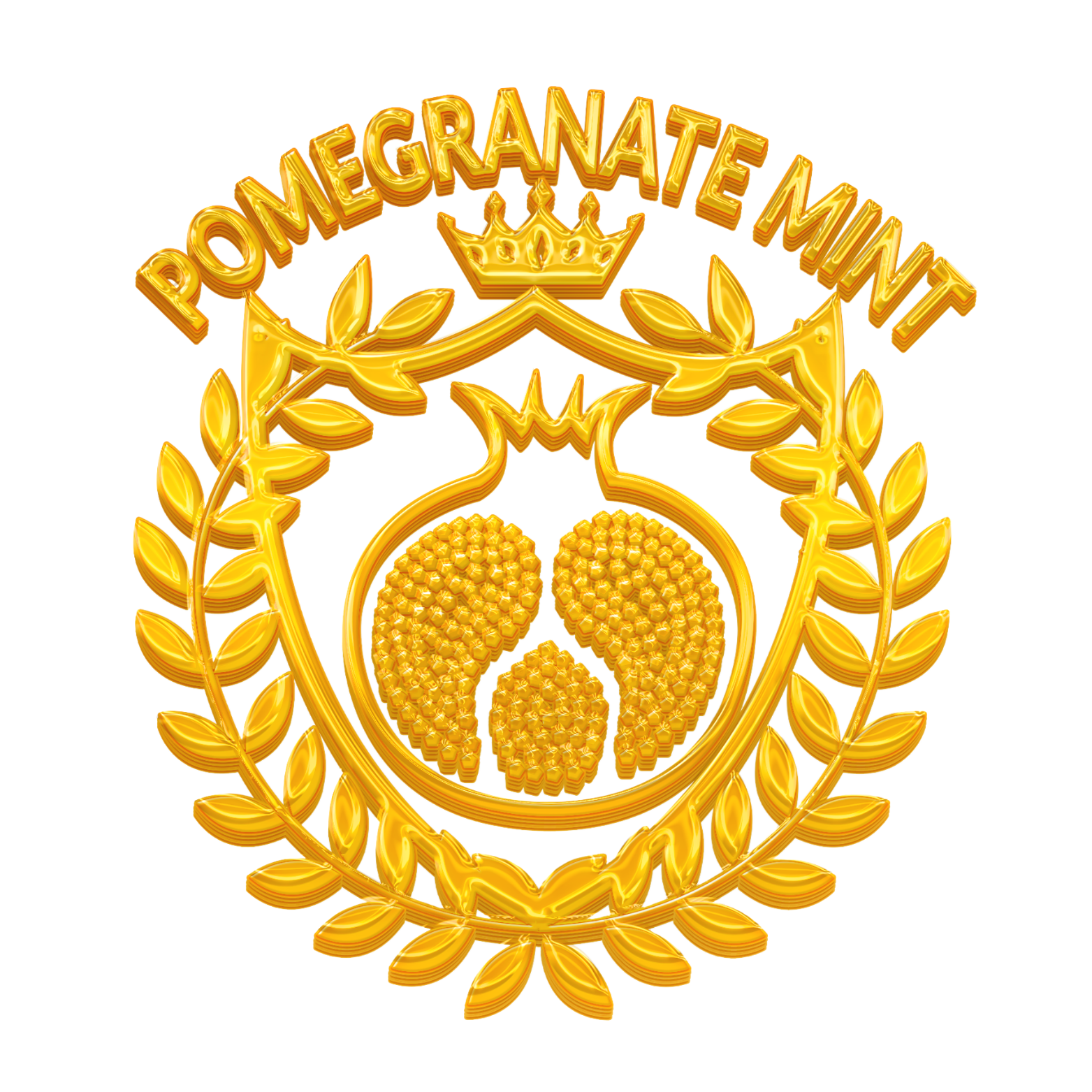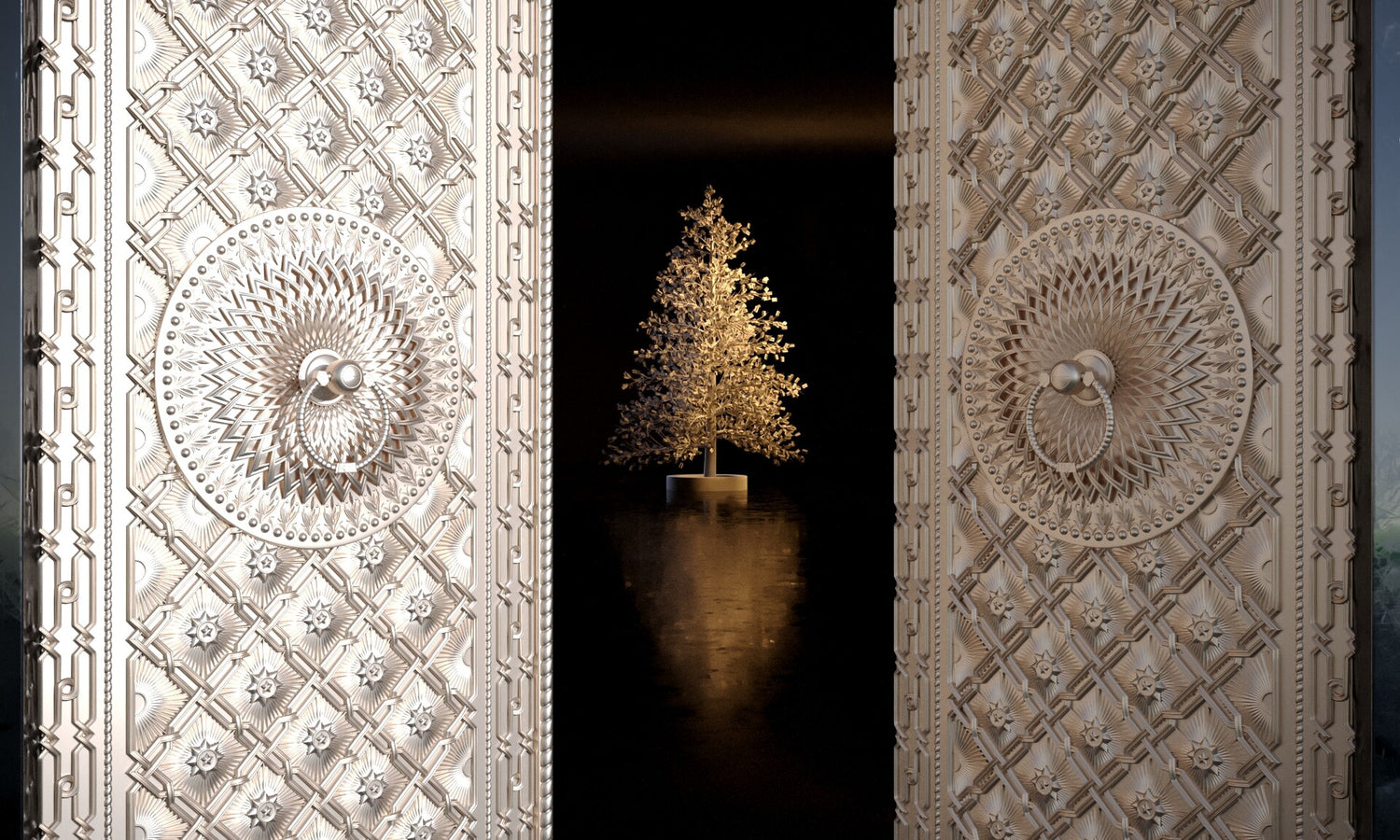Pomegranate Mint
2024 Tigranes the Great Copper Chalkoi Coin
2024 Tigranes the Great Copper Chalkoi Coin
Couldn't load pickup availability
Available now! Very low mintage, only 500 will ever be made!
The copper chalkoi (also known as "chalkos" in singular) was a small denomination of coinage used in ancient Armenia. The term "chalkos" originally comes from the Greek word for copper, and it was adopted by various cultures throughout the Hellenistic and Roman periods.
Copper Chalkoi in Ancient Armenian Coinage
Description and Characteristics:
1. Material: The chalkoi were made primarily of copper or bronze, which were common materials for lower denomination coins in the ancient world.
2. Size and Weight: These coins were small and lightweight, typically ranging from 0.5 to 2 grams, making them suitable for everyday transactions.
3. Design: The design of Armenian chalkoi often reflected Hellenistic influences. They featured motifs such as the profiles of local kings, deities, and symbolic imagery. Common inscriptions were in Greek or Armenian script, indicating the ruler’s name and titles, and sometimes featured local symbols like eagles, lions, or local deities.
Historical Context:
1. Hellenistic Influence: The influence of Greek culture and economic practices reached Armenia following the conquests of Alexander the Great. As a result, Armenian coinage, including the copper chalkoi, adopted Greek styles and standards. This included the use of Greek language on coins and Hellenistic artistic motifs.
2. Economic Role: The copper chalkoi served as a crucial component of the local economy. They were used for everyday transactions such as buying food, small goods, and services. These coins were particularly important for the lower and middle classes, facilitating minor trade and commerce.
3. Political Significance: Issuing coinage was a powerful statement of autonomy and sovereignty. By minting their own copper chalkoi, Armenian rulers demonstrated their control over local economies and asserted their independence from larger empires such as the Seleucid, Parthian, or Roman Empires.
Importance in Armenian History:
1. Cultural Synthesis: The copper chalkoi of Armenia represent a blend of local and Hellenistic traditions. This synthesis is evident in the design and inscriptions on the coins. For instance, coins might display Greek gods like Zeus or Artemis alongside local deities or symbols, reflecting a unique cultural amalgamation.
2. Local Rulers: Notable Armenian rulers who issued chalkoi included kings from the Artaxiad dynasty (189 BC–1 AD) and the Arsacid dynasty (52–428 AD). These coins often bore the images and names of these kings, serving both as a medium of exchange and a tool of propaganda.
3. Archaeological Insight: Discoveries of copper chalkoi in archaeological sites provide historians and archaeologists with valuable information about the economic conditions, trade networks, and political landscape of ancient Armenia. These coins help to map out trade routes and economic connections with neighboring regions and empires.
Examples of Armenian Chalkoi:
1. Artaxiad Dynasty: Coins from this period might depict King Artaxias I or Tigranes the Great. The designs often include Greek inscriptions and Hellenistic imagery such as diademed busts of the kings and images of Nike (the goddess of victory).
2. Arsacid Dynasty: Coins from this later period may show King Tiridates I or other Arsacid rulers, featuring both Greek and Parthian elements in their design. Inscriptions might be bilingual, highlighting the diverse cultural influences on Armenian coinage.
The copper chalkoi of ancient Armenia were more than just currency; they were symbols of cultural synthesis, political authority, and economic life. Their design, use, and production provide a window into the complex and rich history of ancient Armenia, illustrating its connections to broader Hellenistic and later Roman worlds while maintaining distinct local traditions.
Tigranes the Great
Tigranes II, known as Tigran the Great, ruled the Armenian empire from 95 BCE to 55 BCE. He is considered one of the finest Armenian kings from antiquity, for extending his empire from the Pontiac Alps, to the Indian Ocean, and from the Caspian Sea to the Mediterranean and the Red Sea. These successful conquests and alliances allowed Tigranes II to gain the title of “Tigranes the Great,” by notable historians such as Plutarch, and the “King of Kings,” for never appearing in public with less than four kings at his side. The Roman statesman Cicero referred to him as, “making the Republic of Rome tremble before the prowess of his arms,” gaining the reputation as being Rome’s “deadliest enemy” of the time.
Coins produced under Tigranes II were minted in a variety of cities and came in two denominations of silver, and four in copper. The majority of tetradrachms were struck in the city of Antioch, with an average weight of 15 grams of silver, and a diameter of 25mm. The majority of drachms were struck in Artaxata, (modern-day Artashat, Armenia), which was the commercial capital of the empire, and a part of the ancient Silk Road trade network.
Other coins consisted of the silver drachms, with an average weight of 3.5 grams, whereas the copper coins came in the “four chalci,” (6-8 grams, 20mm diameter), “two chalci,” (4-5 grams, 17mm diameter), “one chalci,” (2.5-3.5 grams, 14mm diameter), and the “half chalci,” (1-1.5grams). The silver coins usually acted as an international currency and were used outside the empire for trade, whereas the copper was usually reserved for use within.
The coins struck in Tigranocerta, Antioch, and Damascus, contain the Greek words, “BAΣIΛEΩΣ,” on the right of goddess Tyche, and “TIΓPANOY,” to the left, meaning “King Tigranes.” The goddess Tyche, daughter of Aphrodite, was the goddess of fortune and became absorbed into the Parthian and Armenian hierarchy. She is shown seated on a rock, with her feet resting on a youthful male figure, the river-god Orontes, who is swimming. Numismatists believe the coins struck in Artaxata depict the Araks River, in Armenia, and the goddess is the Armenian version of the goddess Anahita.
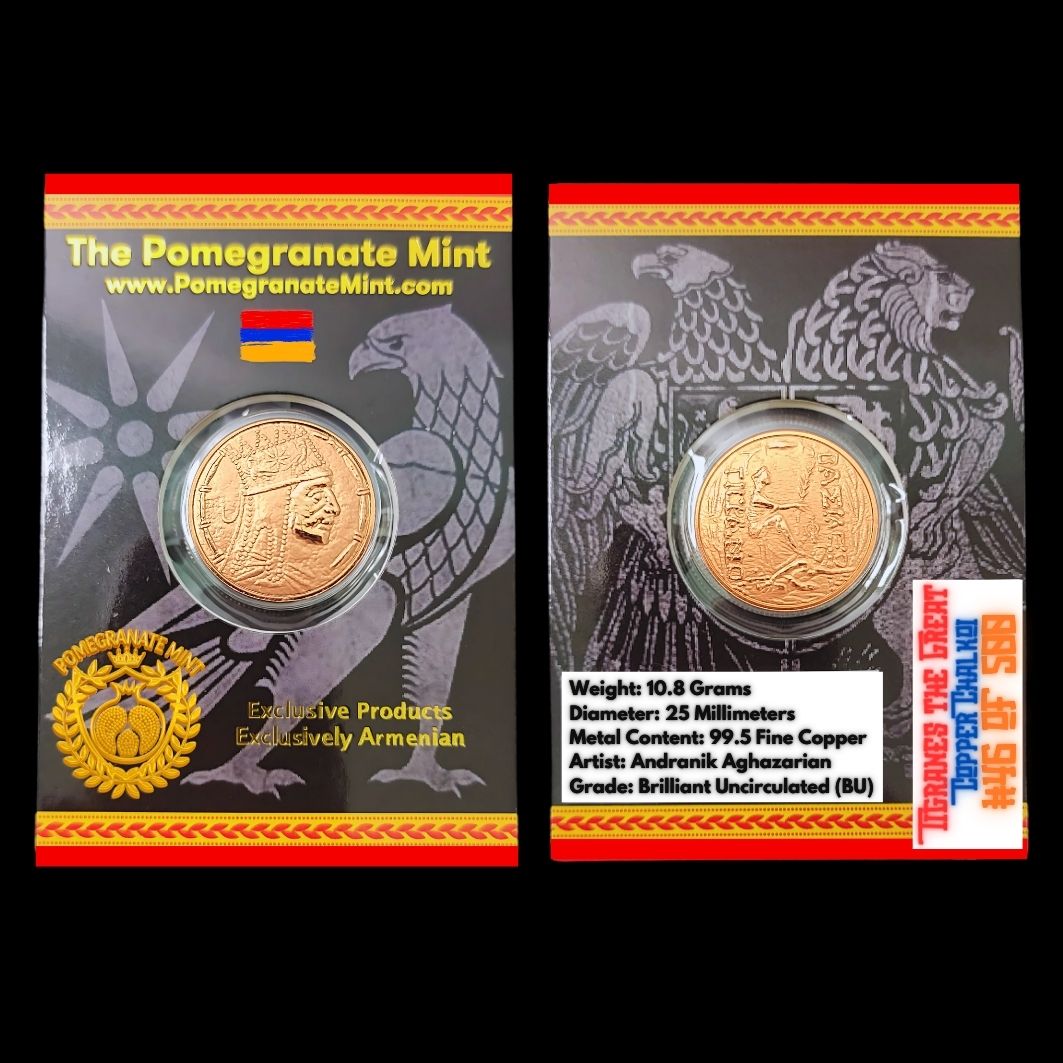
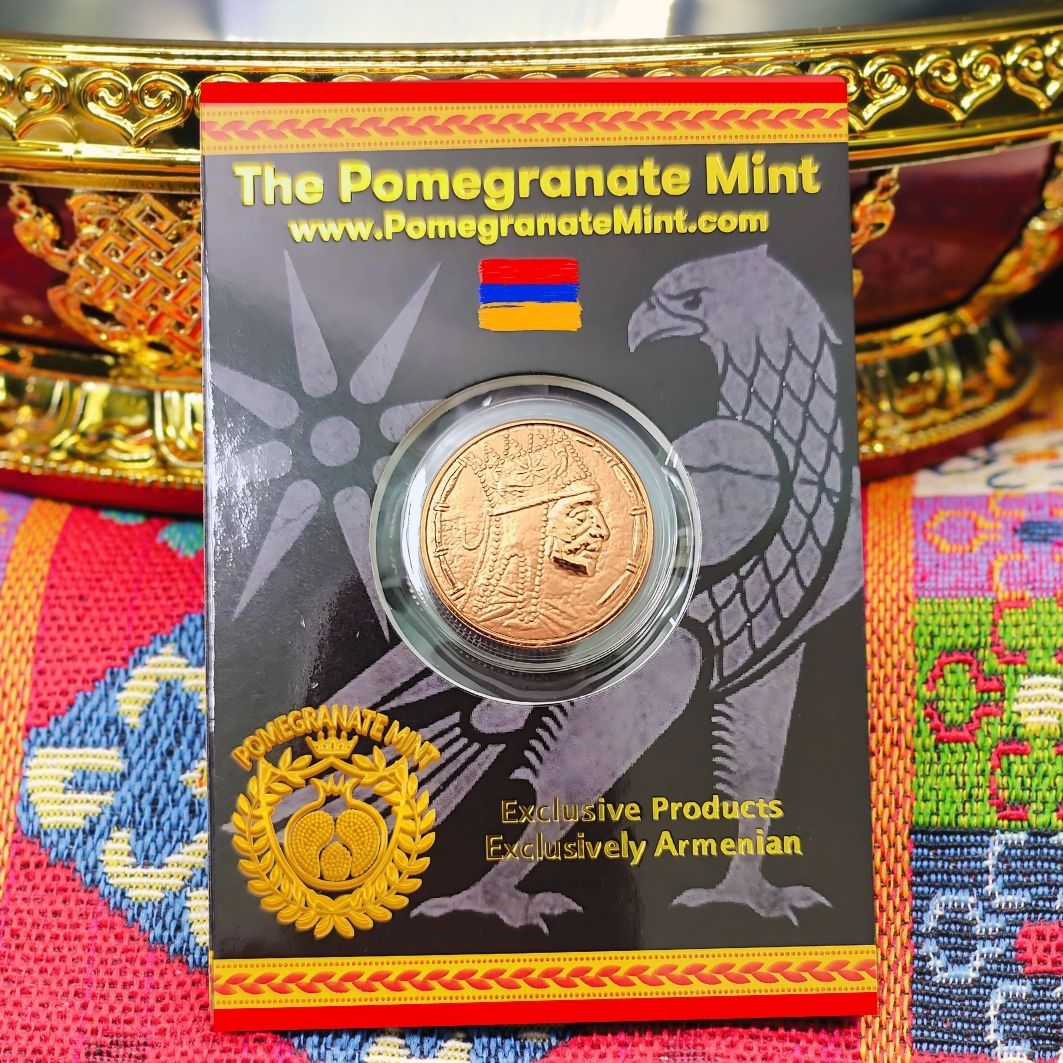
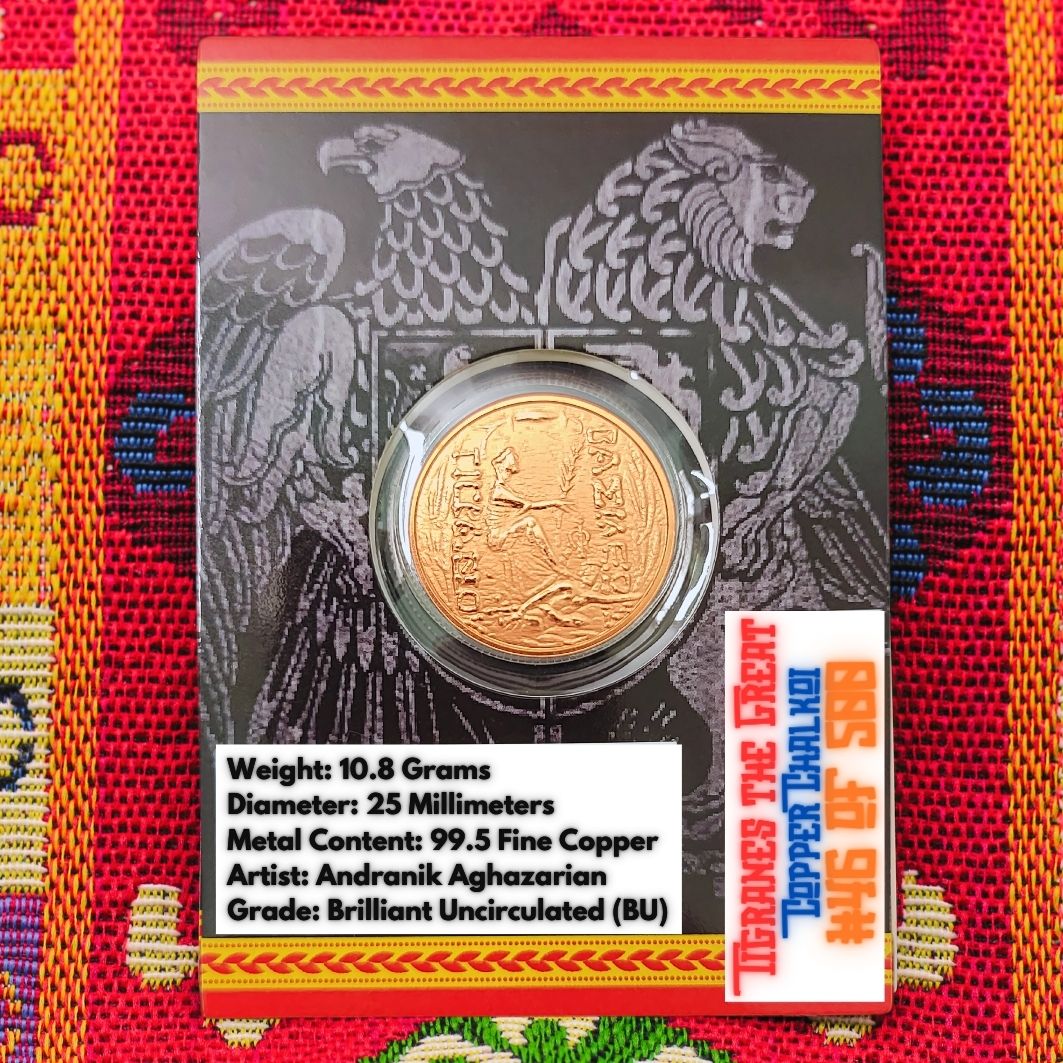
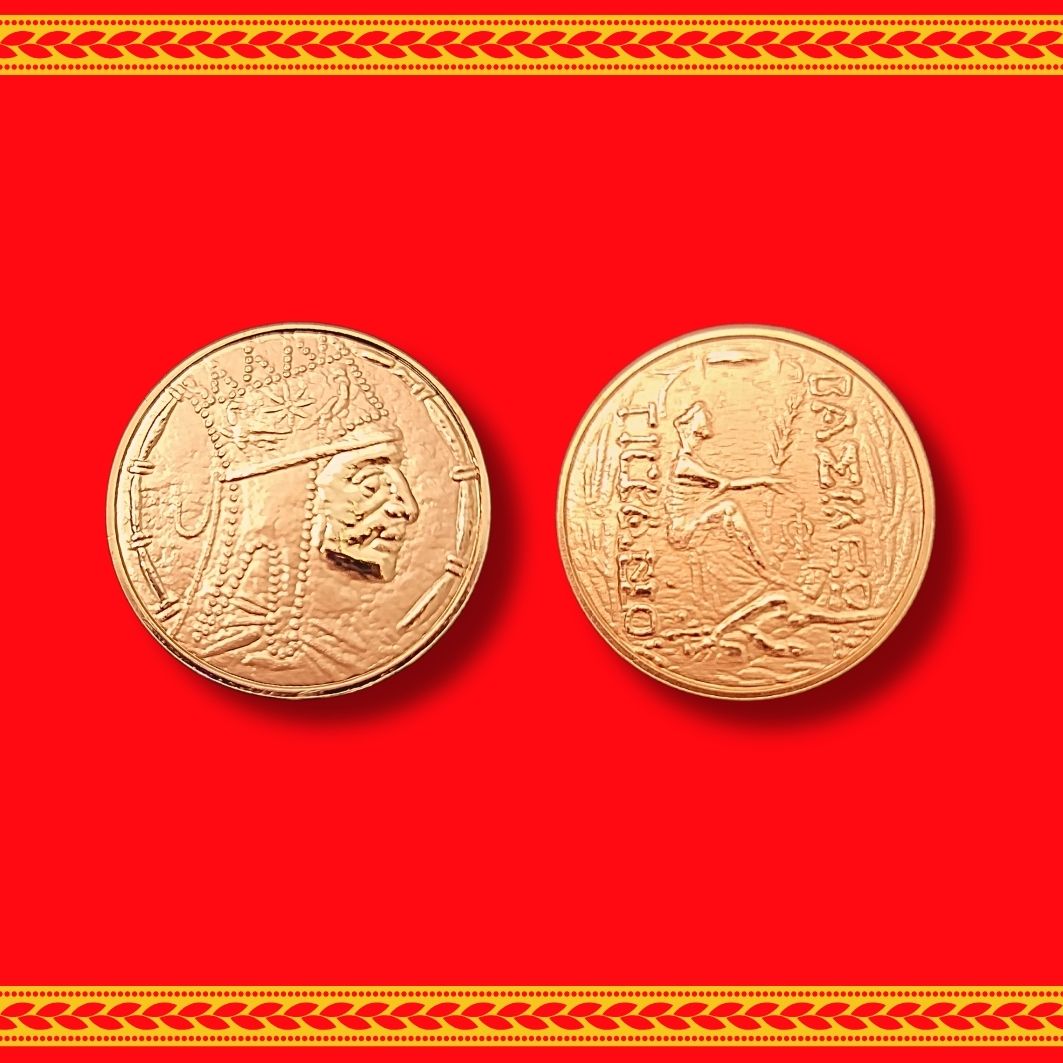
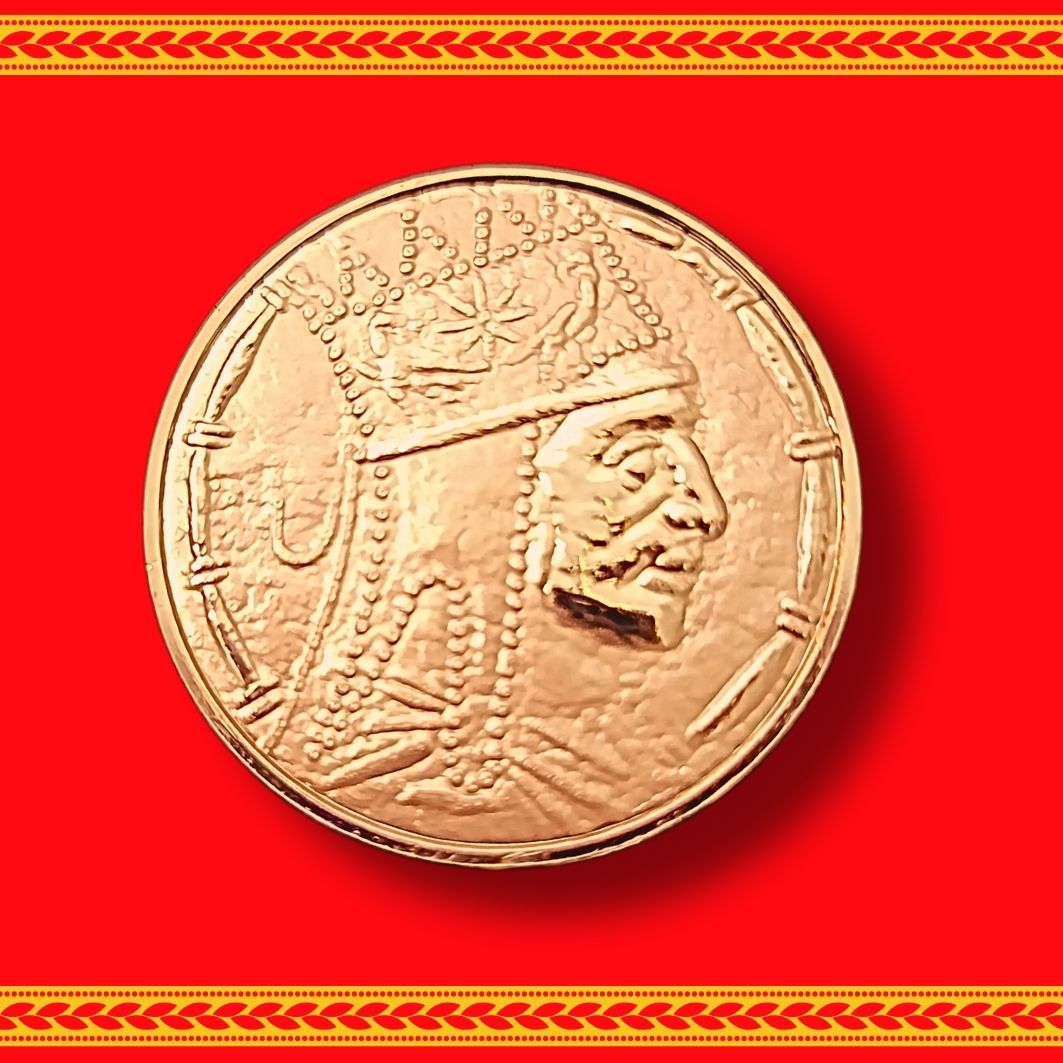
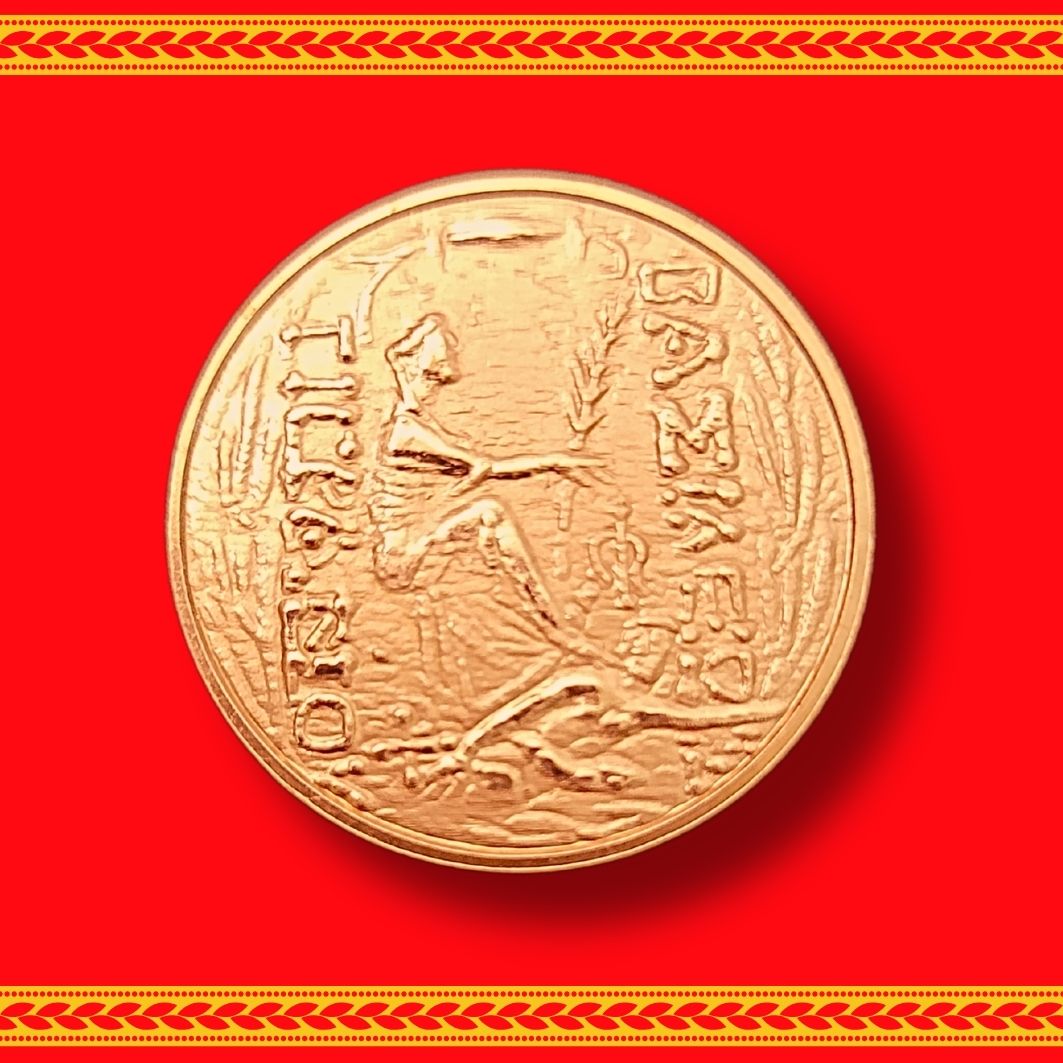
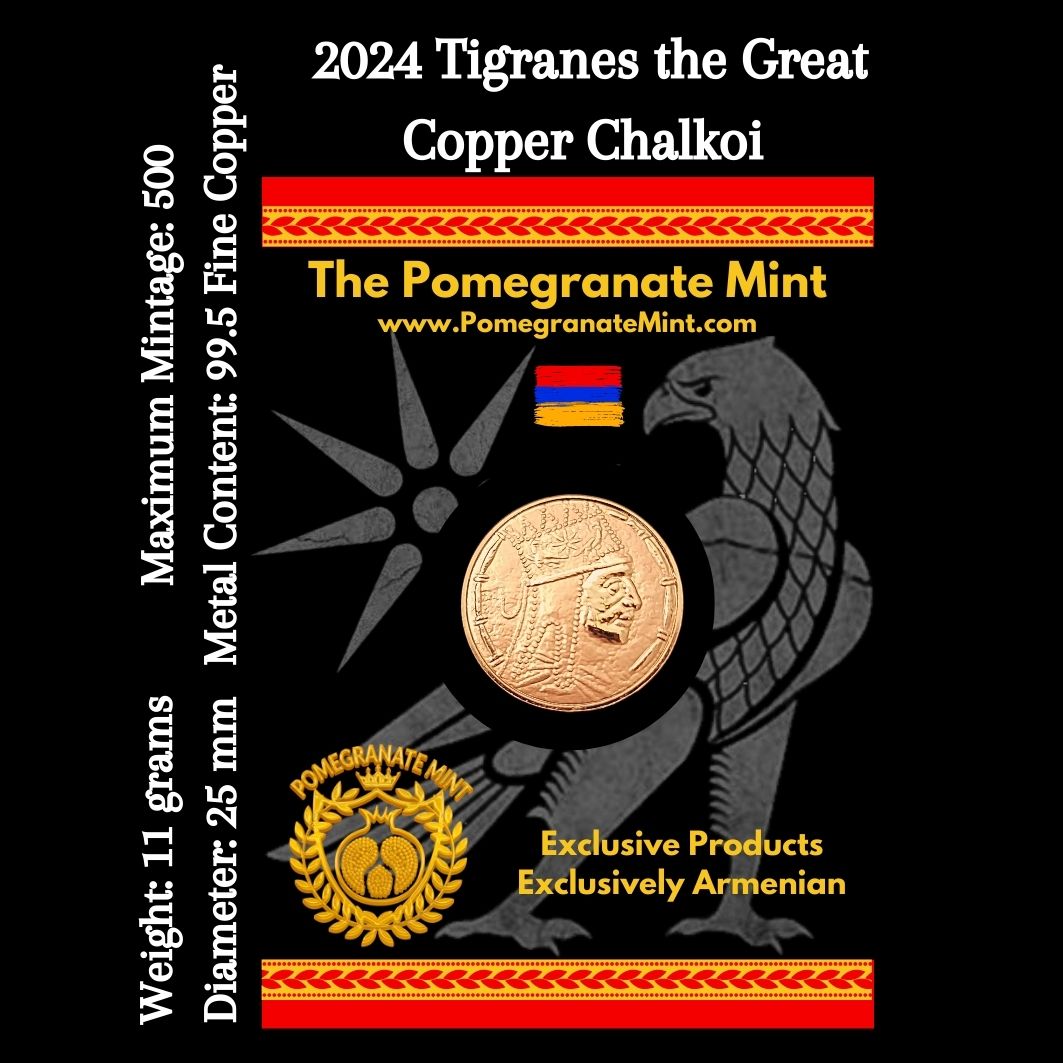
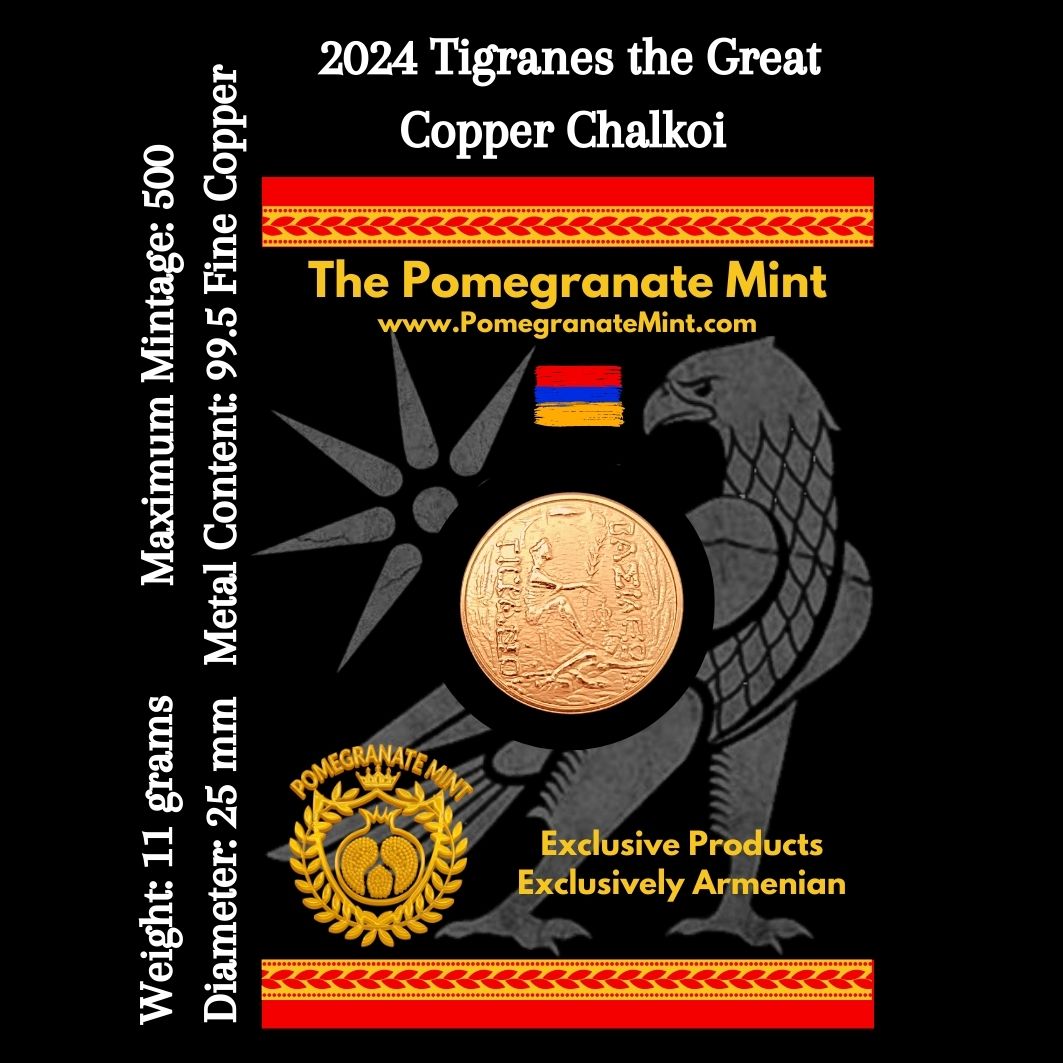
-
Free Shipping
If you spend at least $250 Canadian dollars with us, use coupon code FREESHIP, and we will cover the shipping.
-
Made for You
When you place your order, we will make your clothing orders especially for you.
